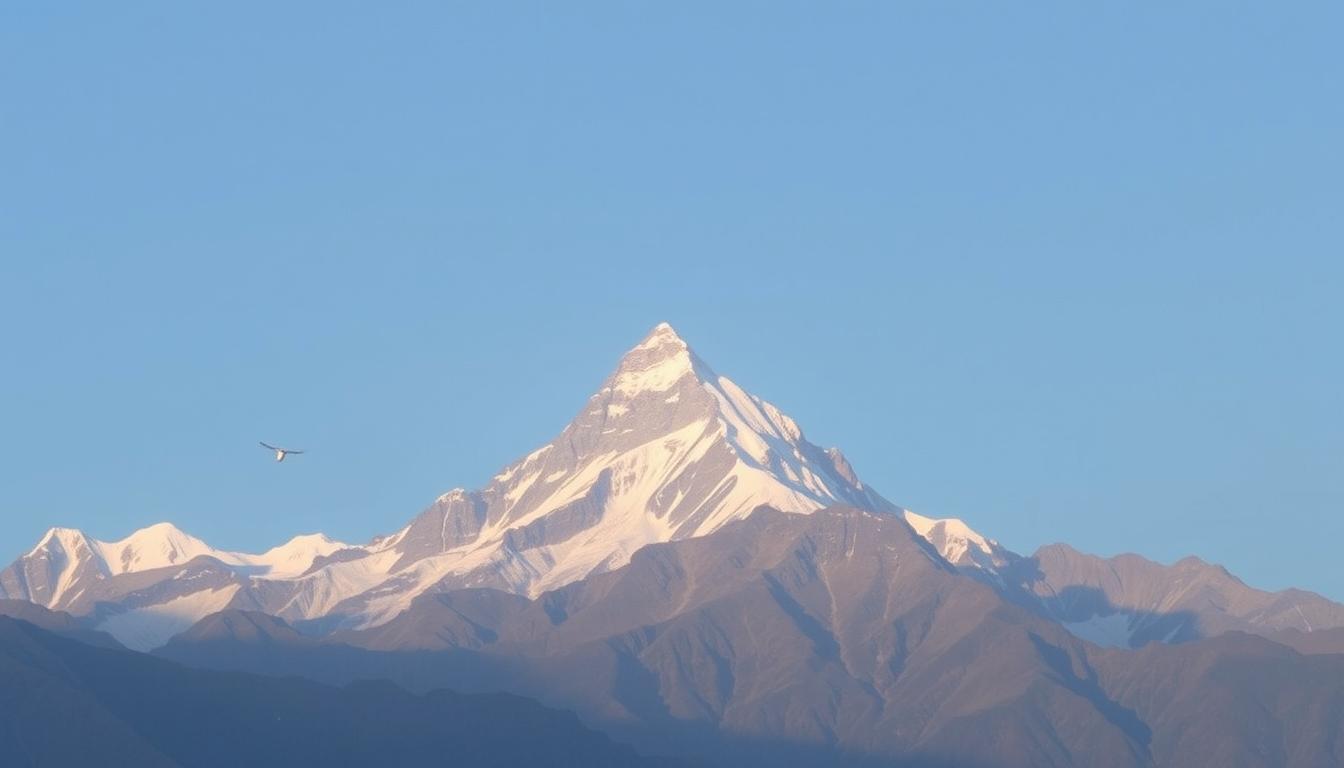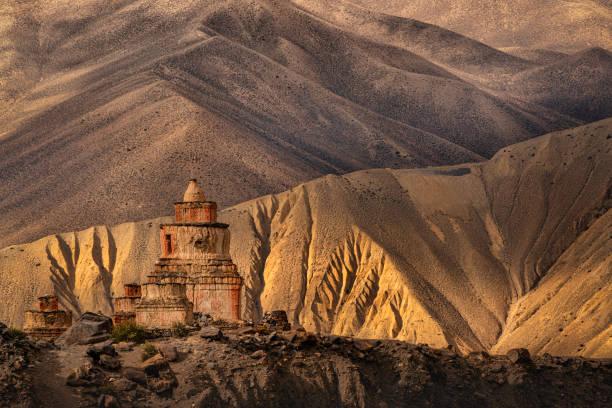Island Peak (Imja Tse) Climbing Expedition: A Gateway to Himalayan Mountaineering
- Home
- Island Peak (Imja Tse) Climbing Expedition: A Gateway to Himalayan Mountaineering
Budget
NPR 1000
Per Person
Rating
No review has been posted yet
Duration
22 Days
Trip Overview
Island Peak, locally known as Imja Tse, is one of Nepal’s most popular trekking peaks, standing at 6,189 meters (20,305 feet). Situated in the Everest region, it offers an exhilarating mountaineering experience accessible to trekkers with basic technical skills and good fitness. Island Peak is renowned for its stunning views of Everest, Lhotse, Nuptse, and Ama Dablam, making it a favorite for climbers seeking to combine adventure with breathtaking scenery.
This guide provides a comprehensive overview of the Island Peak expedition including Sherpa guide support, permits, location, airport logistics, itinerary, costs, and equipment requirements.
Location and Overview
Island Peak is located in the Khumbu region, east of Mount Everest, within the Sagarmatha National Park—a UNESCO World Heritage site. The peak rises above the Imja Glacier and is recognizable by its distinctive island-like shape surrounded by glacial lakes, hence the name “Island Peak.”
Climbing Island Peak requires crossing glaciers, snowfields, and moderate rock climbing, making it a perfect training ground for climbers planning to attempt higher Himalayan peaks.
Sherpa Guides: Essential Expedition Support
Sherpa guides are vital to the success and safety of the Island Peak climb. Their expertise in high-altitude mountaineering, knowledge of the local terrain, and acclimatization experience are invaluable.
Roles of Sherpa Guides on Island Peak:
- Route preparation: Fixing ropes on steep and icy sections.
- Load carrying: Ferrying technical gear and setting up camps.
- Technical assistance: Coaching climbers through glacier travel, ice climbing, and crevasse navigation.
- Safety: Managing emergencies and high-altitude health risks.
- Cultural insights: Providing knowledge about local Sherpa culture and customs.
Hiring Sherpa guides greatly enhances the climbing experience and increases chances of summit success.
Package Highlights:
Why Choose Island Peak?
- Island Peak is often chosen by climbers as a stepping stone to higher Himalayan peaks like Everest and Lhotse. It provides a challenging but manageable introduction to high-altitude climbing, glacier travel, and technical rope work, all set within the stunning Everest region landscape.
- Beyond climbing, the expedition immerses trekkers in Sherpa culture, including visits to Buddhist monasteries, interaction with local communities, and stunning Himalayan vistas.
Book This Trip
Trip Information
 Start : Kathmandu
Start : Kathmandu Finish : Kathmandu
Finish : Kathmandu Difficulty :
Challenging
Difficulty :
Challenging
 Max Altitude : 6189m
Max Altitude : 6189m Group Size :
Group Size :  Season :
Season :
Trip Gallery
Trip Itinerary
Arrival, gear checks, permits, and briefings.
Flight to Lukla.Trek through Sherpa villages and forested trails.Acclimatization hikes and rest days.
Establish Base Camp at 5,100 m.Set up Advanced Camp on the glacier (~5,700 m).Acclimatization hikes on surrounding peaks.Summit attempt early morning, returning to Base Camp the same day.
Trek back to Lukla.Fly to Kathmandu.Rest and departure.
Cost Includes
- Island Peak climbing permit and national park fees.
- Domestic flights (Kathmandu–Lukla–Kathmandu).
- Salaries, insurance, and equipment for Sherpa guides and porters.
- Accommodation and meals during trek and climb.
- Fixed ropes, ladders, and climbing gear.
- Government taxes and liaison officer fees.
Typical Cost Range:
Expedition packages range between USD 4,000 and 9,000, depending on the expedition scale, level of support, and duration.
- Island Peak climbing permit and national park fees.
- Domestic flights (Kathmandu–Lukla–Kathmandu).
- Salaries, insurance, and equipment for Sherpa guides and porters.
- Accommodation and meals during trek and climb.
- Fixed ropes, ladders, and climbing gear.
- Government taxes and liaison officer fees.
Typical Cost Range:
Expedition packages range between USD 4,000 and 9,000, depending on the expedition scale, level of support, and duration.
Cost Excludes
- International airfare to/from Nepal.
- Personal climbing gear and clothing.
- Travel and medical insurance with evacuation coverage.
- Tips for Sherpa guides and porters.
- Personal expenses like phone cards, snacks, and souvenirs.
- Emergency helicopter evacuation (optional).
- International airfare to/from Nepal.
- Personal climbing gear and clothing.
- Travel and medical insurance with evacuation coverage.
- Tips for Sherpa guides and porters.
- Personal expenses like phone cards, snacks, and souvenirs.
- Emergency helicopter evacuation (optional).
Essential Info
Permits and Regulations
Climbers must obtain several permits before attempting Island Peak:
1. Island Peak Climbing Permit
- Issued by Nepal’s Ministry of Tourism.
- Cost: Approximately USD 600–700 per climber.
- Valid for 30 days.
2. Sagarmatha National Park Permit
- Required to enter the Everest region.
- Cost: NPR 3,000 (~USD 25).
3. Local Area Permit
- Nominal fees supporting local communities.
- Proper documentation and insurance (including high-altitude evacuation coverage) are mandatory for all expedition members.
Airport and Access
Extra Info
Essential Equipment for Island Peak Climbing
Island Peak requires technical mountaineering equipment suitable for glacier travel and mixed climbing conditions.
Clothing
High-altitude down jacket and pants.
Layered clothing system: base layers, fleece, softshell, and waterproof outerwear.
Mountaineering boots compatible with crampons.
Warm gloves, mittens, balaclava, thermal socks.
Climbing Gear
Climbing helmet.
Harness, carabiners, ascenders, descenders.
Ice axe and crampons.
Fixed rope gear (usually provided by the expedition).
Trekking poles.
Headlamp with extra batteries.
UV-protection glacier sunglasses or goggles.
Camping and Safety
Four-season sleeping bag rated for -20°C or colder.
Sleeping pad.
First aid kit and personal medication.
Communication device (satellite phone or radio).
Personal hygiene products suitable for cold alpine conditions.
Trip Date And Time
We'll Be There, Like We've Been There Before
|
Departing |
Finishing |
Trip Price Per Person |
Action |
Enquire |
|---|---|---|---|---|
| No Trip Yet!! | ||||
